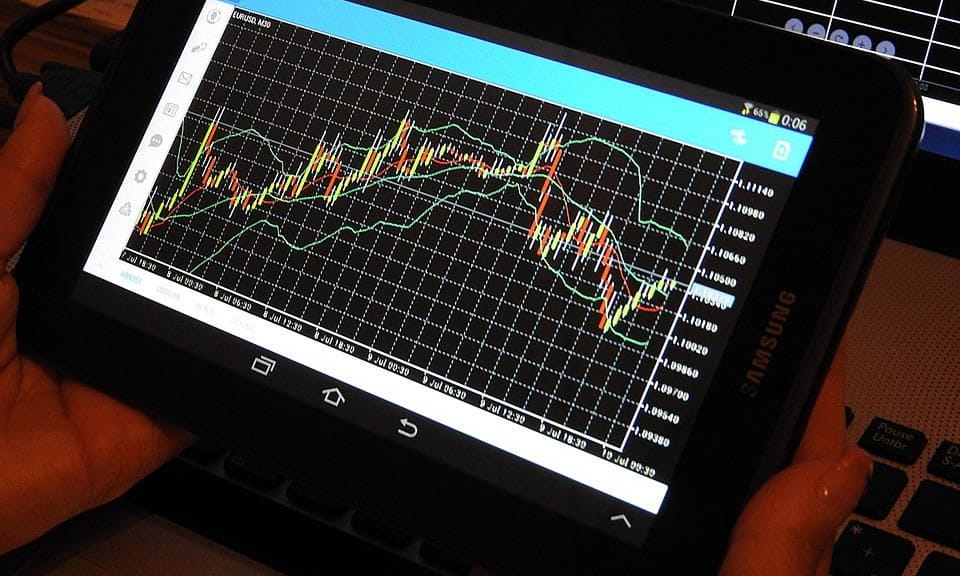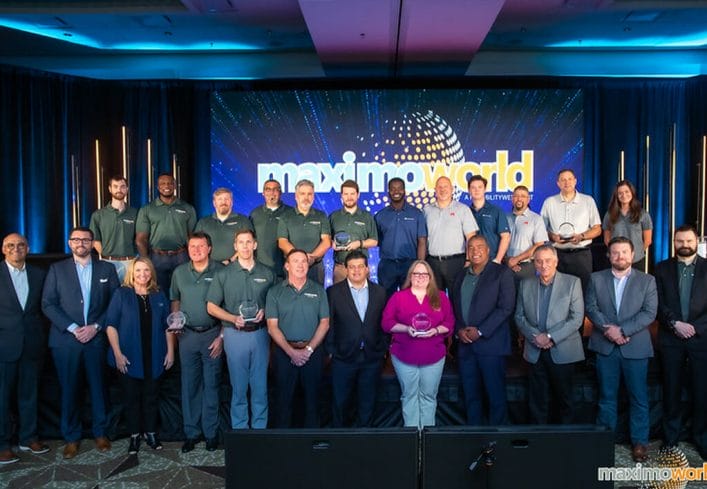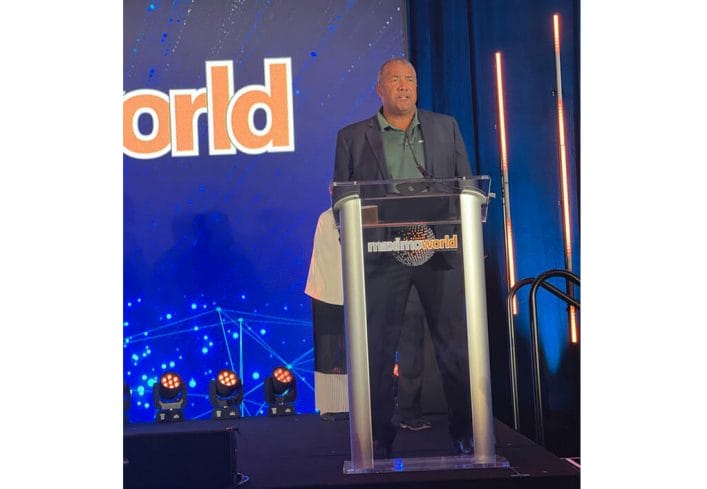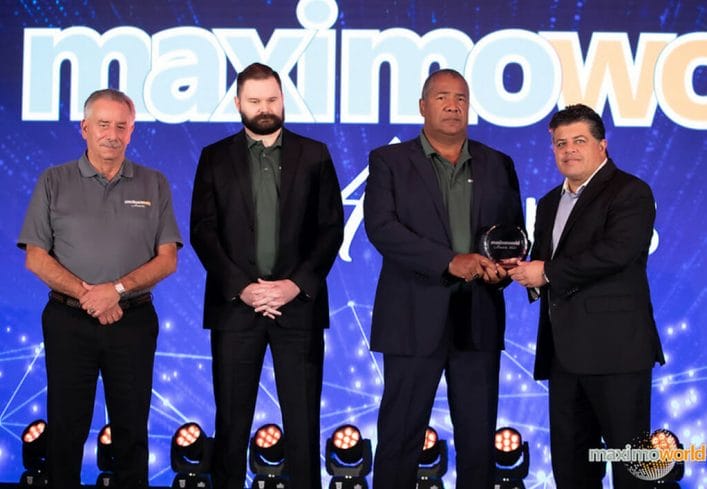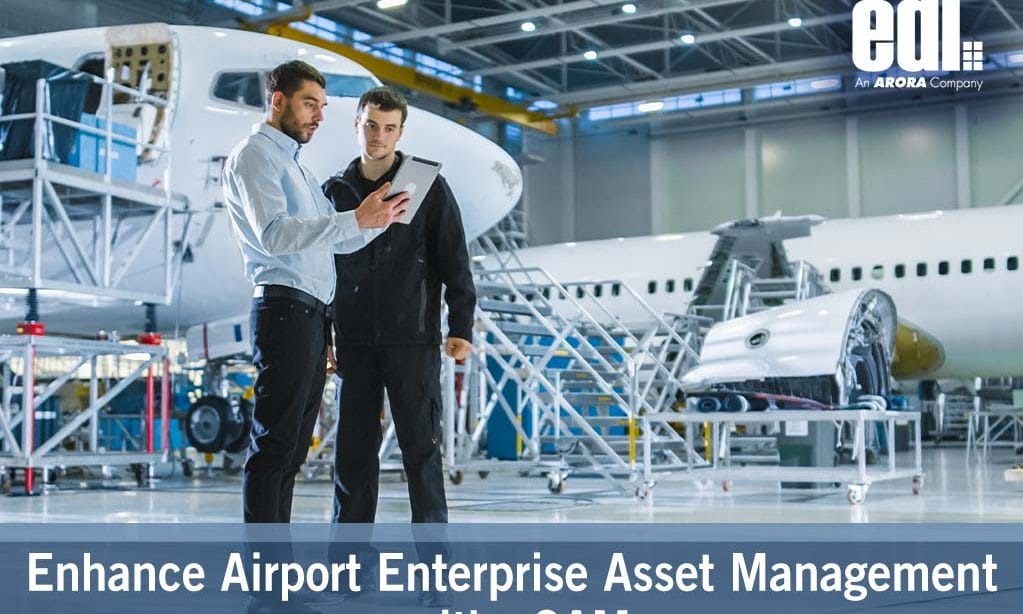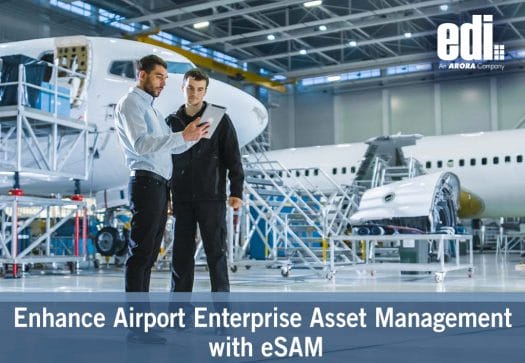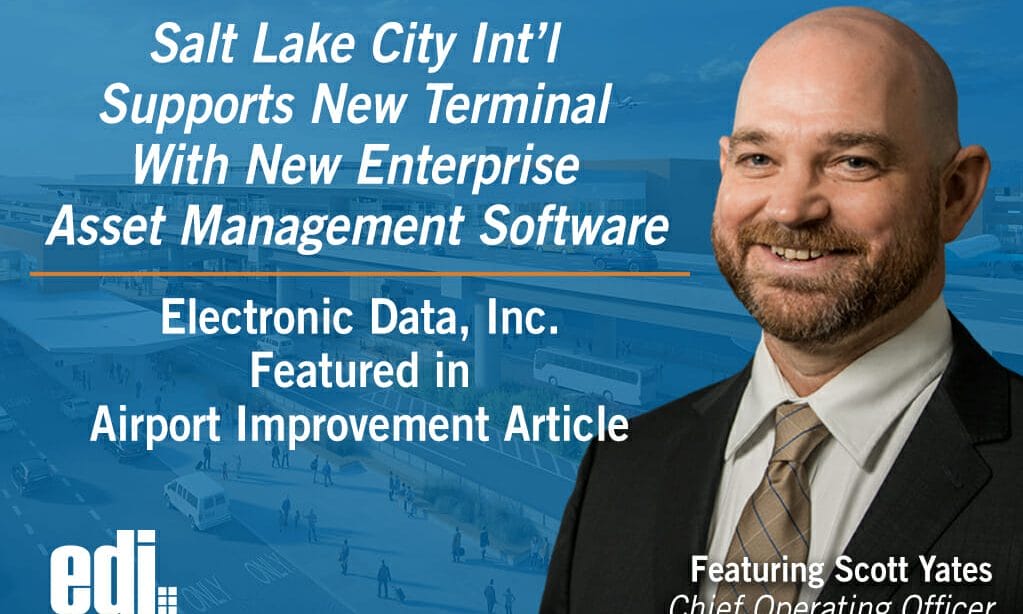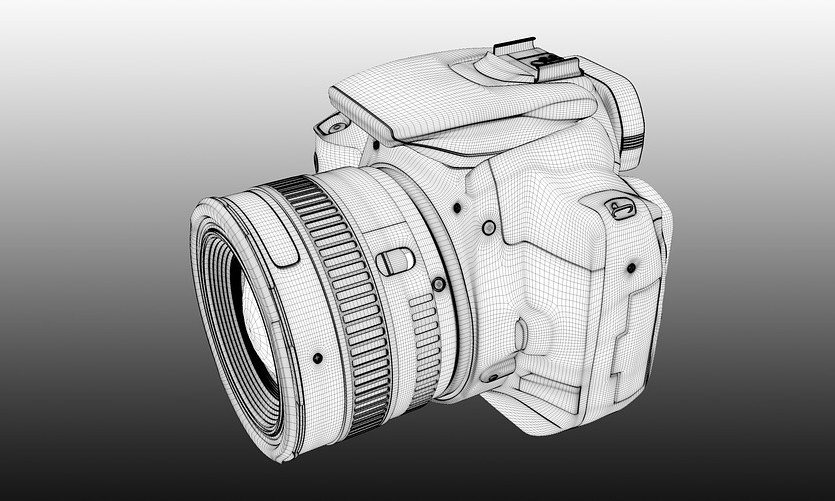NEWS AND INSIGHT
Categories
Tags
Recent Posts
5 Things to Consider When Choosing a Mobile Solution for Your Facilities Management Operations

Updating your organization’s network of tools and services to facilitate real-time facilities management operations sounds easy enough at a glance. However, there are so many mobile solutions available in today’s market that exploring your mobile management options can quickly become daunting.
As such, it’s wise to step into exploring different mobile solutions with a strategy in mind. Consider the following points while searching for an enterprise mobile solution so that your company can streamline facilities management operations and invest in a service that meets your every business requirement.
#1- Unique Operational Requirements
A significant variety of mobile solutions exist in today’s market, so to condense the number of solutions to choose from, business owners need to evaluate their unique facility management needs.
For example, when searching for mobile solution offerings, determine whether your company requires the following features and whether they’re available through the management and/or maintenance operations software you’re considering:
- Data Collection & Analysis
- Real-Time Facilities Management Capabilities
- Order Management
- Vendor Management
- Asset Management
- Inventory Planning
- Maintenance Scheduling
- Work/Labor Tracking
- Document Storage/Organization
Organizations should also ensure the system provides a “Single Pane of Glass” where facility managers can view all of their smart and connected building system asset data in one place. Facilities are investing more capital than ever in smart and connected building systems, but to access this critical data, technicians and FM leadership often have to engage with multiple OEM apps to gather the appropriate information. . The best mobile solutions combine smart and connected asset data from the manufacturers and the systems themselves and allow facility managers to save time and money by combining all of this data into one easy to use information platform, eliminating the need to train staff to use multiple manufacturer platforms to extract necessary data.
#2- Integration Capabilities
Integration capabilities are critical for organizations that have already implemented a selection of programs and tools to streamline company functions. Discovering whether an enterprise mobile solution can be integrated with the current software is necessary for reducing complications and streamlining the process of adopting new programs.
#3- Support and Training
Many organizations are experiencing a “brain drain” post COVID, with large swaths of tenured staff retiring or facing leveraged buyouts to cut costs, resulting in many organizations losing critical institutional knowledge. The right mobile tool can help bridge the gap by collecting this information within the system which can then be passed down to the next generation of staff.
The timeline needed to learn how to use new software may decrease productivity in already overwhelmed workplaces, and ineffective training often leads to errors and delays. As such, training is an essential part of workplace efficiency, especially when using new tools and programs. Working with a mobile solution provider that offers support and training throughout implementation can help ensure that each user is informed about software functions and knows how to initiate each process they’re responsible for.
#4- User Interface and User-Friendliness
Even if a particular maintenance operations software covers every function your organization could ever need, implementation will not be a success if the software is too cumbersome to use. Choosing a user-friendly program with a clean interface can greatly simplify learning how to use the new software. Preventing employees and other team members from becoming overwhelmed is an ideal way to streamline information retention and avoid complications. An easy to use solution is essential because it encourages teams to more easily adopt the new technology as a natural part of their day-to-day operations.
#5- Security Measures
Finally, adequate security protocols are imperative when introducing real-time facilities management software to your organization’s network of tools. Protecting your company’s data from unauthorized access, theft, alteration, or loss helps secure the information your business depends on to function. It also simplifies security processes and frees up human resources so that employees can be dispatched to more engaging tasks.
In addition to researching solutions on your own, there’s an added benefit when providers offer product demonstrations. If you’re searching for a mobile solution to streamline your facility management operations, viewing a demo or speaking with software professionals will likely make your decision much more straightforward.

